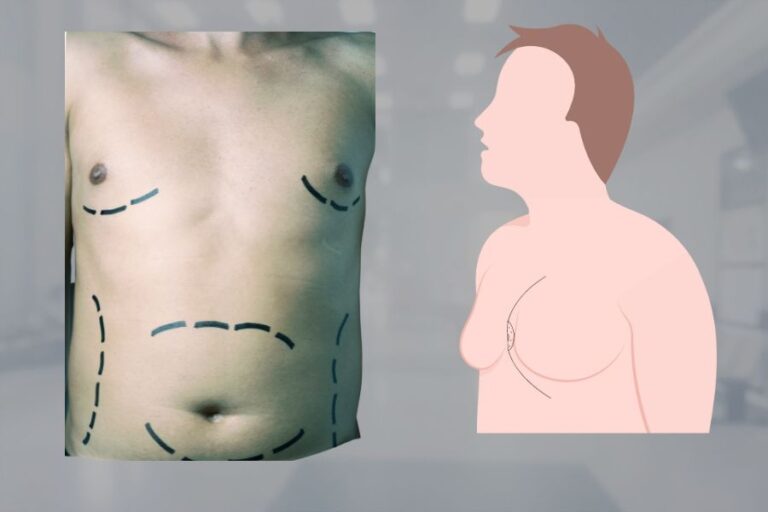- Phone: +91 94800 58379
- Mon-Sun 24/7
- contact.sanyrahospital@gmail.com


Gynecomastia

Gynecomastia is a condition characterized by enlarged breast tissue in men, which can cause emotional distress and self-consciousness. Effective treatment depends on the underlying cause and severity of the condition. Options typically include lifestyle changes, medications to address hormonal imbalances, and, in more persistent cases, surgical intervention to remove excess tissue. For those seeking expert care, Gynecomastia Treatment in Bangalore offers access to skilled surgeons and advanced medical facilities. These professionals provide personalized care plans to address individual needs and improve overall outcomes. By choosing appropriate treatment, patients can experience a reduction in breast size, improved self-esteem, and enhanced quality of life. Early consultation and intervention are important to achieve the best results and address the condition effectively.
Effective treatment is crucial for addressing this condition and achieving the desired results. For those seeking Best Gynecomastia Treatment in Kengeri or Bangalore, specialized care is essential to overcome this issue and restore confidence. Don’t let this condition affect your self-esteem; explore your options for the best treatment for gynecomastia. With the right approach, you can see significant improvements and return to a more comfortable lifestyle. Schedule a consultation with a best aesthetic specialist to begin your path to resolution.
Finding the right specialist is key to effective treatment and achieving the best results. For those seeking a Best Gynecomastia Doctor in Kengeri or Bangalore, expert care is essential to address your condition with precision. Don’t let gynecomastia affect your confidence; explore your options for the best treatment for gynecomastia. With the latest surgical method, you can achieve significant improvement and regain your self-esteem. Schedule a consultation.
Gynecomastia is a complex condition affecting both physical and emotional aspects. Understanding its causes, symptoms, and treatment options helps manage and enhance health. Seeking professional medical advice is the first step towards a comprehensive solution.
Surgery may be considered if gynecomastia is persistent, causing significant discomfort, or affecting your quality of life despite non-surgical treatments.
Recovery time varies but generally involves a few weeks of rest and limited activity. Most patients can return to normal activities within 1-2 weeks.
As with any surgery, there are risks, including infection, scarring, asymmetry, or changes in nipple sensation. Your surgeon will discuss these risks with you.
While gynecomastia surgery is generally effective, there is a small chance that the condition could recur, especially if underlying causes are not addressed.
Results are typically long-lasting if you maintain a stable weight and avoid factors that contribute to gynecomastia. Regular follow-ups with your surgeon can help ensure lasting results.

We are happy to assist you! Fill the form we will contact you soon!
Sanyra Hospital is a leading Multi-Speciality Hospital in Kengeri Bangalore and diagnostic centre. With a commitment to providing high-quality healthcare services, it offers a wide range of medical specialties and advanced diagnostic facilities to meet the diverse healthcare needs of the community. We have dedicated urology center & dialysis center.
© 2023, Sanyra Hospital. All Rights Reserved.
WhatsApp us